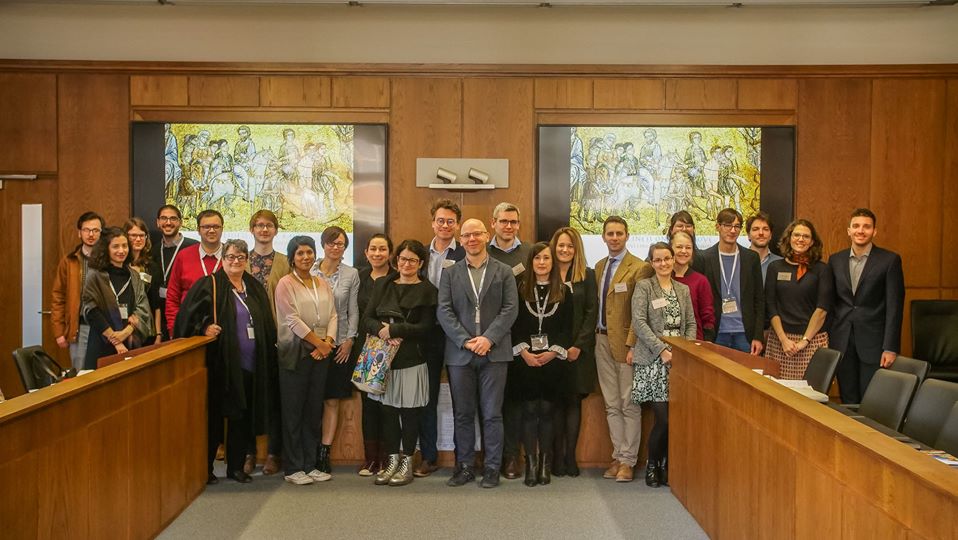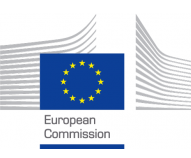News & Events
International Byzantine Workshop on Traveling saints in Byzantium

This workshop brought together researchers in the field of Byzantine literature, and especially hagiography, in order to explore travel and monastic mobility in Byzantium in connection to Byzantine ideals of sainthood, as reflected in hagiographic compositions.
A highlights video from the workshop is available here.
Workshop description
Travel (in its many forms, ranging from pilgrimage to forced displacement) is a noticeable feature of hagiographic accounts of the Byzantine period. Lives of saints couch diverse stories of geographic mobility, from those of itinerant or vagrant holy men and women, who willingly embrace travel as a way of life and a particular form of humility, to those of displaced monks, who are forcefully driven from their spiritual abodes. Byzantine hagiographic sources thus provide considerable material that would repay investigation within the renewed scholarly interest in Byzantine travel literature. This workshop, therefore, explored travel in Byzantium in connection to Byzantine ideals of sainthood, as reflected in hagiographic compositions. It brought together early career researchers and senior scholars working on Byzantine literature in general, and especially hagiography, in order to explore and address a set of questions related to monastic mobility, including:
- How is travel embedded in hagiographic narratives? How are historical realities reflected (or constructed) in hagiographic accounts of travel, in terms of descriptions of landscape, places and geographical landmarks, travel experience, and sociopolitical context? How can the factual, cultural and personal levels of reality be disentangled? What do these accounts reveal about Byzantine mentalities and attitudes regarding travel and mobility?
- What are the particularities of monastic travel in terms of modes of mobility, travel range, logistics and practicalities of the voyage, interactions, contacts, adversities and opportunities encountered along the way? How do saints’ lives construct (sacred) space and how does hagio-geography connect to imperial geographies; do they correspond, supplement, or replace each other? What are the geographical coordinates and span of the travels, as well as possible patterns of mobility? How have routes of travel changed over time? How can new digital tools of spatial analysis (GIS-based) be employed for reconstructing monastic mobility in Byzantium?
- Where is travel situated within Byzantine spirituality and monasticism? How does mobility impact the spiritual and monastic trajectory of holy men and women and contribute to the spread of religious practices and ideas? What is the socio-cultural profile of the Byzantine traveling saints and their stated motivations and aims for undertaking travel? What is the extent and nature of their influence on the social, religious and political life in Byzantium?
Funding
This workshop was supported by a Marie Curie Individual Fellowship funded by the European Commission under Grant Agreement no. 752292, and has received generous financial support from the Ideas and Beliefs research strand at Newcastle University, the Medieval and Early Modern Studies (MEMS) research group at Newcastle University, and the Institute of Classical Studies, School of Advanced Studies, University of London.
For further information on this workshop, please see the event webpage.
Last modified: Wed, 05 Feb 2020 16:09:40 GMT



